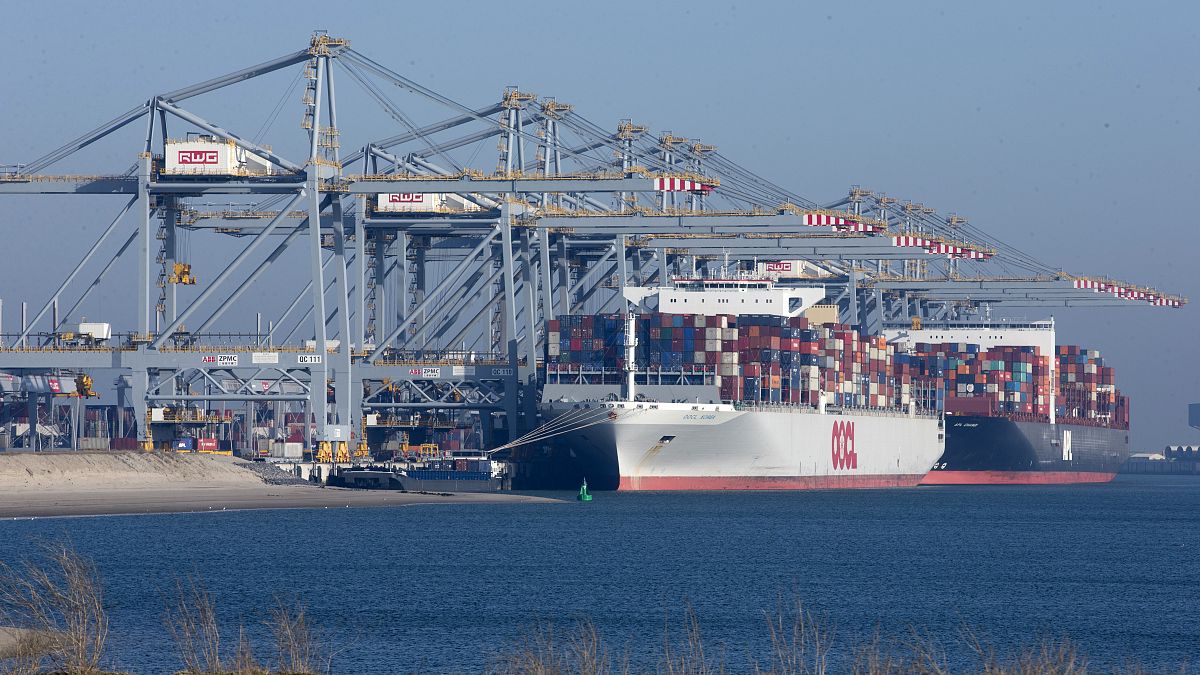"The epicentre of the cocaine market in Europe has shifted northwards," the Europol report, drawn up in collaboration with the United Nations Office on Drugs and Crime (UNODC), said.
Belgium and the Netherlands have become the main hubs for cocaine trafficking to Europe, supplanting Spain as the main route of entry into European countries, Europol said on Tuesday.
The report from the European police agency noted that criminal organisations, from Colombia especially, are using the ports of Rotterdam (Netherlands), Hamburg (Germany) and especially Antwerp (Belgium) to bring the drugs into the Netherlands, from where they are transported throughout Europe.
"The epicentre of the cocaine market in Europe has shifted northwards," the report, drawn up in collaboration with the United Nations Office on Drugs and Crime (UNODC), said.
The increasing use of containerised cargo, relying on the large capacities of the port terminals of Antwerp, Rotterdam and Hamburg "have consolidated the role of the Netherlands as a transit area" for cocaine, according to the report.
The North Sea coasts have "supplanted the Iberian peninsula as the main entry point for cocaine arriving in Europe," it said.
In 2020, cocaine seizures in Antwerp totalled 65.6 tonnes, Europol said in the report.
In February, Germany and Belgium made a record seizure of 23 tonnes of the drug, which was hidden in sea containers.
The European cocaine market has been significantly boosted by increased supplies, especially since the 2016 peace deal between the Marxist FARC guerrillas and the Colombian government led to the emergence of different groups competing for control of cocaine production, the report said.
The FARC (Revolutionary Armed Forces of Colombia) controlled part of the area where coca is grown and regulated access to available cocaine supplies for international middlemen and traffickers.
The 2016 peace agreement "ended the FARC's integrated command structure and led to the emergence of different splinter groups exercising control over different regions and cocaine production" in these areas, the report said.
This has "multiplied the potential for the formation of new alliances and partnerships", it continued.
European criminal organisations have changed their strategy, forming alliances with these groups without intermediaries and obtaining cocaine directly from the source.
After cannabis, cocaine is the second most widely used drug in Western and Central Europe, with the most recent estimates putting the number of users at 4.4 million by 2020, the report concludes.


